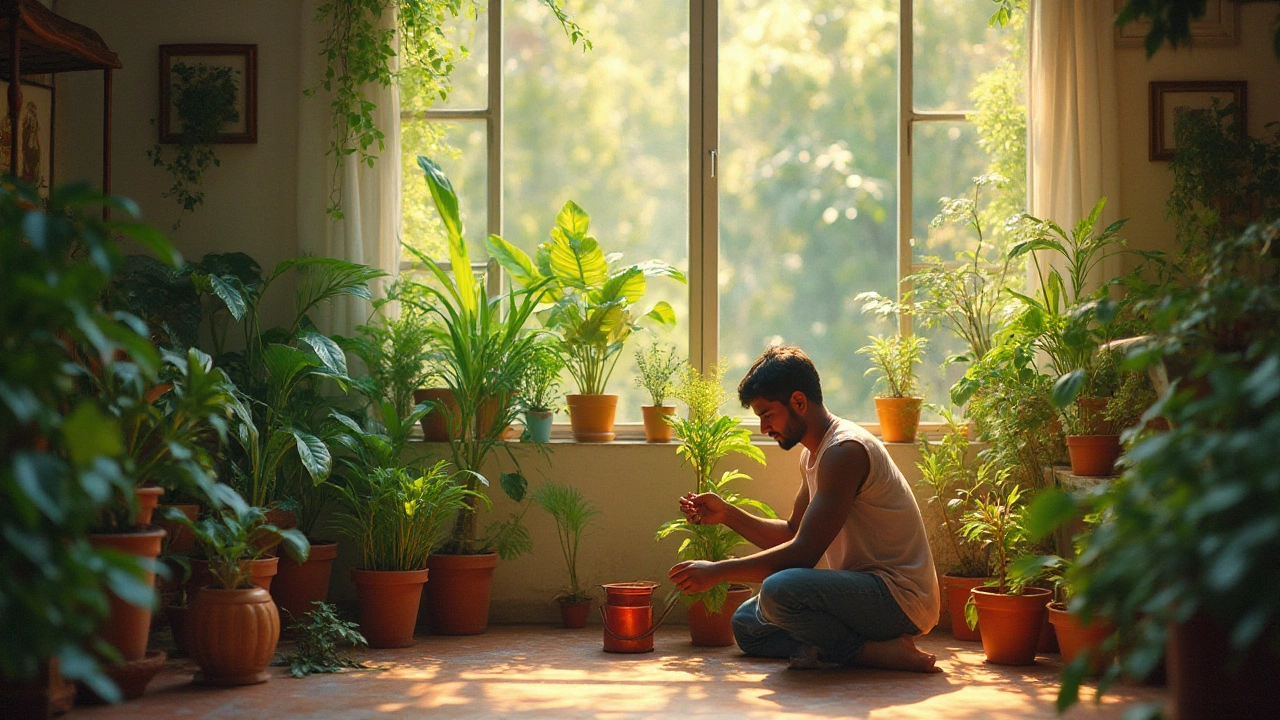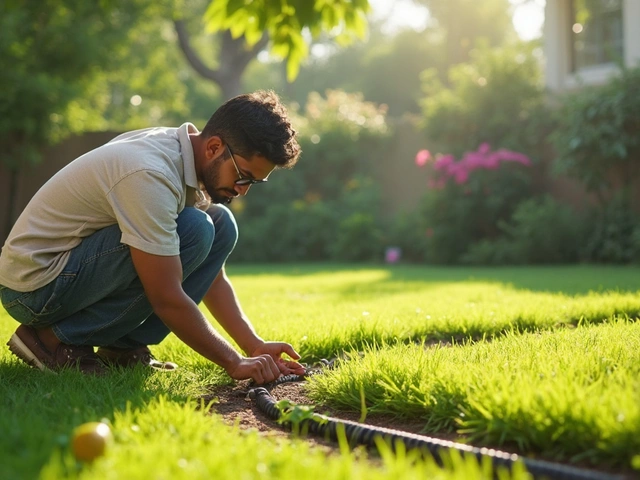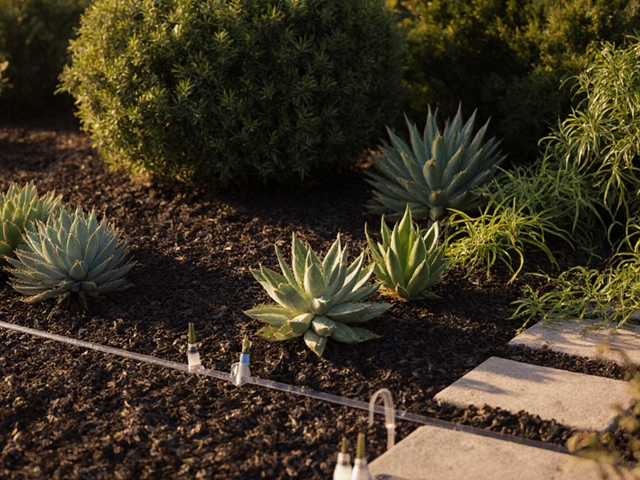Plant Recovery: Simple Steps to Bring Back Wilting Plants
Got a droopy tomato vine or a sad indoor fern? You’re not alone. Most plant problems come down to a few easy fixes, and you can start turning things around right now. Below are the top actions that work for both garden and indoor plants.
Check Water and Soil First
Water is the #1 reason plants look sad. Before you over‑water, poke a finger about an inch into the soil. If it feels dry, give the plant a good soak until water drains out of the pot’s bottom. If the soil stays soggy, pull the plant out, shake off excess moisture and re‑pot with fresh, well‑draining mix. Adding compost or sand (as we recommend in our “How to Loosen Heavy Garden Soil” guide) improves texture and lets roots breathe.
For indoor plants, let tap water sit for a few hours to let chlorine evaporate – this avoids leaf burn, a tip we share in the “How Long to Let Tap Water Sit” article. Use room‑temperature water; cold water can shock sensitive roots.
Light, Humidity, and Air Flow
Most houseplants thrive in bright, indirect light. If a plant is in a dark corner, move it closer to a window or add a low‑cost grow light. On the flip side, direct harsh sun can scorch leaves, especially in summer. Adjust the position based on the plant’s preference – a succulent loves full sun, a fern prefers shade.
Humidity matters for tropical species. Misting can help, but over‑misting leads to fungal issues. Instead, place a pebble tray with water near the pot or use a small humidifier. Our “Do Houseplants Need Misting?” post breaks down when misting works and when it doesn’t.
Watch for Pests and Bad Soil Additives
Sometimes a sudden droop signals pests or a harmful amendment. Coffee grounds, for example, are great for some veggies but can harm plants like azaleas and roses. Check our “Plants That Hate Coffee Grounds” guide before you sprinkle any kitchen waste.
If you see tiny insects or sticky residue, try natural pest control – neem oil, garlic spray, or companion planting with “sister plants” that repel pests (see “Sister Plants” article). Avoid harsh chemicals that could further stress the plant.
Prune, Repot, and Feed Wisely
Removing dead or yellowing leaves redirects the plant’s energy to healthy growth. When pruning, use clean scissors and cut just above a node. If the plant has outgrown its pot, repot it in a container that’s 1‑2 inches larger, using fresh soil rich in organic matter.
Fertilize sparingly – too much nitrogen can cause soft, vulnerable growth. A balanced, slow‑release fertilizer applied once a month during the growing season is usually enough.
Following these steps—proper watering, light adjustments, humidity control, pest checks, and smart feeding—will often revive a plant in a week or two. Keep an eye on progress, and tweak one factor at a time so you can see what works best for each plant.
Got a specific recovery story? Share it in the comments and we’ll help you troubleshoot further. Happy gardening!

Revive Your Indoor Garden: Expert Tips for Restoring Plants
When indoor plants start to show signs of decline, it's crucial to apply the right techniques to bring them back to health. This article offers practical steps, from assessing sunlight needs to improving water routines, helping you nurse your greenery back to life. Understanding the plant's requirements and careful observation can make a significant difference in their recovery journey. Embrace these strategies to enjoy a thriving indoor garden. Your once wilted and brownish plants will soon be buzzing with vitality.
About
Gardening
Latest Posts


Rice Farming Profitability: What Really Pays Off?
By Alden Thorne May 10, 2025

Can You Mow Over Drip Irrigation? What You Need to Know
By Alden Thorne Jun 10, 2025

Best Low‑Maintenance Garden Ideas for Sustainable Living
By Alden Thorne Oct 21, 2025
